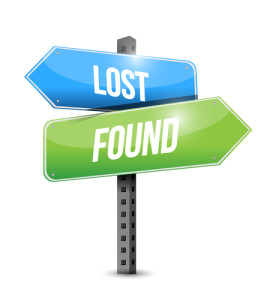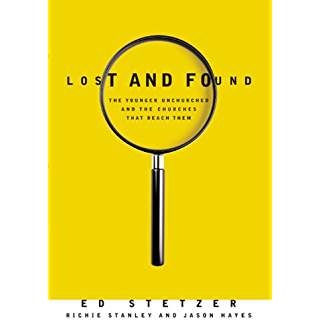

If you’re able to take a photo of the dog, please post to the The dog may also be known to the vet or the vet may be able to securely hold the dog for the ranger or owner to collect. If you are able to approach and secure the dog, drive it to the closest open vet surgery and ask the vet to scan the microchip for ownership details. Contact the local council in which you found the dog so they can collect and check for a microchip and try to locate the owners. If you have found a dog it is important you do not approach the dog if he/she is showing signs of fear or aggression.
LOST AND FOUND FREE
You can also create a FREE listing with Lost Pet Finder via Īfter you have created your listing, the website generates a printable lost and found poster.

Post a current photo to the Pets of Perth Lost and Found – Facebook PageĪND the Lost and Found Pets in Perth Facebook Pageĭon’t forget to include the last known location of your dog, the breed, gender and your contact details. The first thing to do is to contact the local council in which your dog went missing – chances are if someone finds your dog, they are likely to contact that council.

To find out more about the terms and regulations for each council above, please visit their websites at: Should a dog remain unclaimed at the end of the council’s holding period, ownership of the dog transfers to the Home and the dog is made available for adoption. All dogs are well cared for during their impoundment with us. Lost dogs can be collected between 11am – 3pm 7-days-a-week.

If that's the case, it's a way for you to find files that were lost but that the system repair managed to salvage.
LOST AND FOUND SOFTWARE
If that's all that happened, these files were slated for deletion anyway, you don't need to care about them.įiles can also appear in lost+found because the filesystem was in an inconsistent state due to a software or hardware bug. their name had been erased) but still opened by some process (so the data wasn't erased yet) when the system halted suddenly (kernel panic or power failure). So fsck deposits the file in a specific directory, called lost+found (after lost and found property).įiles that appear in lost+found are typically files that were already unlinked (i.e. The thing is, the file had a name and location once, but that information is no longer available. If you tell fsck to repair the filesystem, it will turn these almost-deleted files back into files. This data is still using up space, but it isn't accessible by any normal means. In particular, fsck might find data that looks like a complete file but doesn't have a name on the system - an inode with no corresponding file name. If you run fsck, the filesystem check and repair command, it might find data fragments that are not referenced anywhere in the filesystem.


 0 kommentar(er)
0 kommentar(er)
